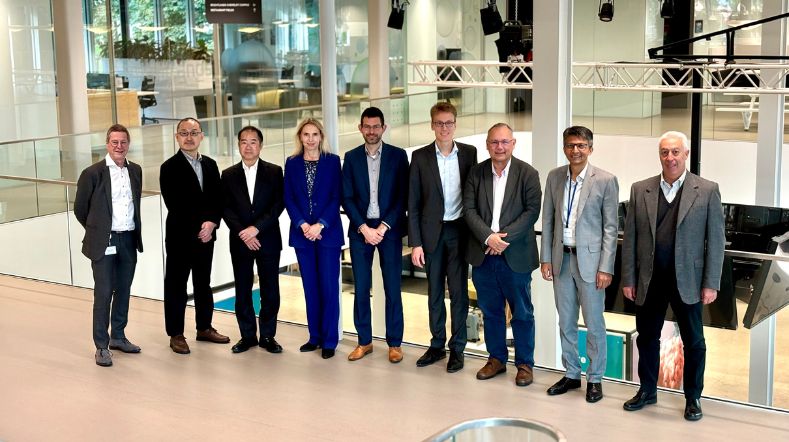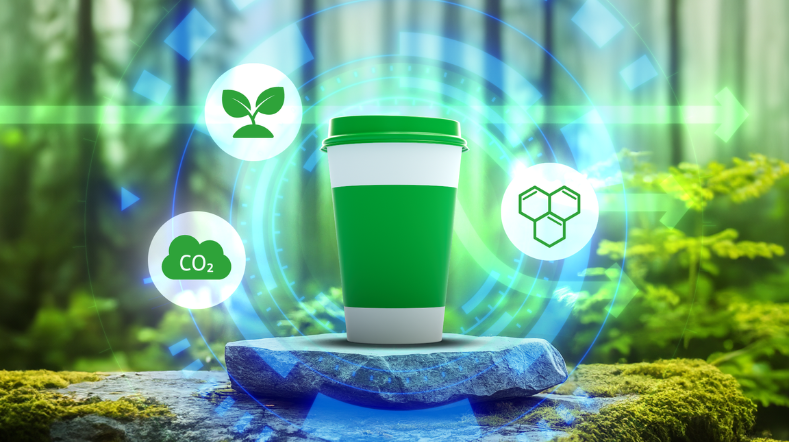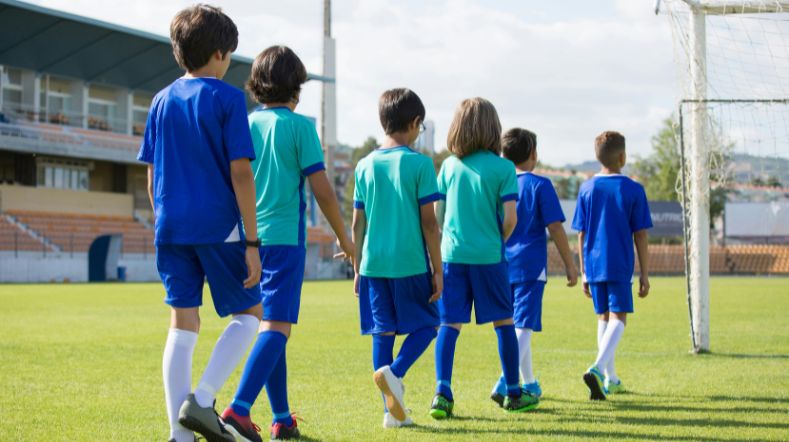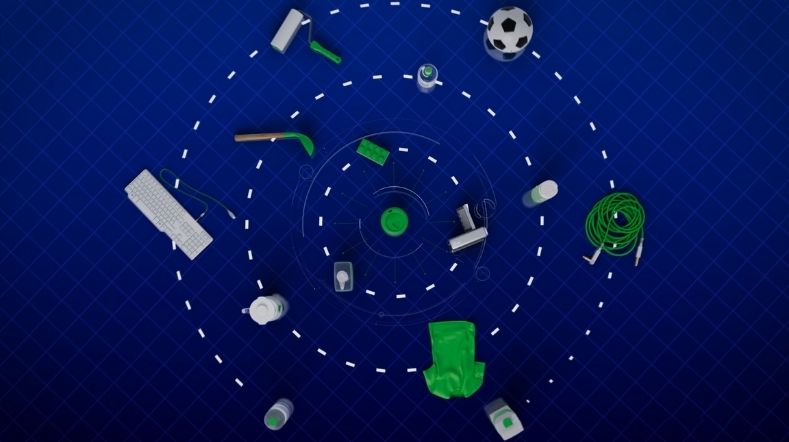
Quantifying plastic quality for a circular economy
Imagine if we could grade recycled polymers by their material quality instead of the material type. Would plastic recycling be more effective? Can it accelerate our ambition to becoming a truly circular plastic industry. The answer is a resounding yes!
For the past two years, scientists of TNO working on Circular Plastics have been using chemistry and polymer science to develop an innovative quality model, which translates the material properties of a plastic to a value. It then suggests the ideal purpose for that specific plastic.
QMRP: gamechanger in plastic recycling
The QMRP (Quality Model for Recycled Plastic) quantifies the quality of recycled plastics using mathematical calculations and experimental data not only acquired from mechanical testing but also odour, colour and compatibility with food contact requirements.
Milad Golkaram, one of the scientists leading the project, explains: ‘The model basically values each plastic between 0 and 1, where 1 is the highest quality of recycled plastic and 0 is “trash”. Every number in between is a quality grade, so to speak.’

"Knowledge about quality of recycled plastics provides the appropriate framework for life-cycle assessments."
In the current recycling processes, plastic household packaging is collected and sorted by type at the recycling plant using NIR (Near Infrared) technology. The stresses on the plastics in each process step – from sorting to cutting and melting – significantly affect the overall quality.
What’s more, high-quality plastic is mixed with lesser quality plastics, giving a lower average quality after recycling. The recycled plastics can then only be used in less demanding applications in terms of the properties. This is a concerning and high-priority issue for recyclers.
Life cycle assessment (LCA) research that Golkaram participated in, shows that the benefit/burden of recycling on the environment can vary depending on the quality of recycling output. After the QMRP has been rigorously tested in the field, we’ll be ready to implement the model in waste management and recycling plants. It promises to be a real gamechanger on the road to a circular economy.
Jan Harm Urbanus, lead scientist for Circular Plastics at TNO, confirms that claim. ‘Absolutely. The model is important in several ways. It enables us to monitor the quality through each step at the recycling facility.
Our goal is to understand – and valorise – the retained quality of the polymer after recycling. That’s where the QMRP comes in, as it quantifies a polymer’s quality level within a single parameter. We then use that value to follow the quality of the polymer throughout its lifecycle.
The next step is matching the quality of the polymer to new applications.’ Once the value of a plastic reaches the lowest recycling quality value, it should be directed to chemical recycling or less preferably it can be incinerated.

The visual explains the model, on the left side the different aspects of the plastics are noted such as quality, this includes for example degradation, polymer cross-contamination and a low molecular weight combination. These are used as the input to the model. Weighing factors and ideal range of values and properties are required for the quality estimation. This is in reference to a certain application such as a PET tray. The right side of the scheme illustrates the several end applications for instance material that can be in contact with food, a shampoo bottle or trash bin in which the recycled plastic can be aimed for given the quality value from the QMRP model.
Looking at the bigger picture, combining the quality model with the right sensors removes the limitations of the currently available technology of only being able to sort by type of plastic. With the QMRP, recyclers can categorise according to quality and can thus retain the highest quality within a specific subset. That’s the real gamechanger; using quality as a parameter to recycle our plastics much more effectively than we do now.
Future applications
The goal of TNO’s Circular Plastics team for 2023 is to apply the model within a quality framework and then couple that framework to the right sensors in order to know what to sense exactly.
A network of domain experts can benefit from mutual expertise to determine the key features (fingerprints) to be sensed and to consensually answer the question: “What is quality in each application?” Is optimising your waste stream vital for the future of your business? Are you ready to join the network that aims to standardise the requirements for a circular recycling economy? Please contact us.
Get inspired
Collaboration for sustainability: better results through joint innovation


Webinar: Biobased plastics in a sustainable future
Biobased plastics


The challenge of choosing between sustainable materials for textiles


23 questions about biobased plastics in a sustainable society



